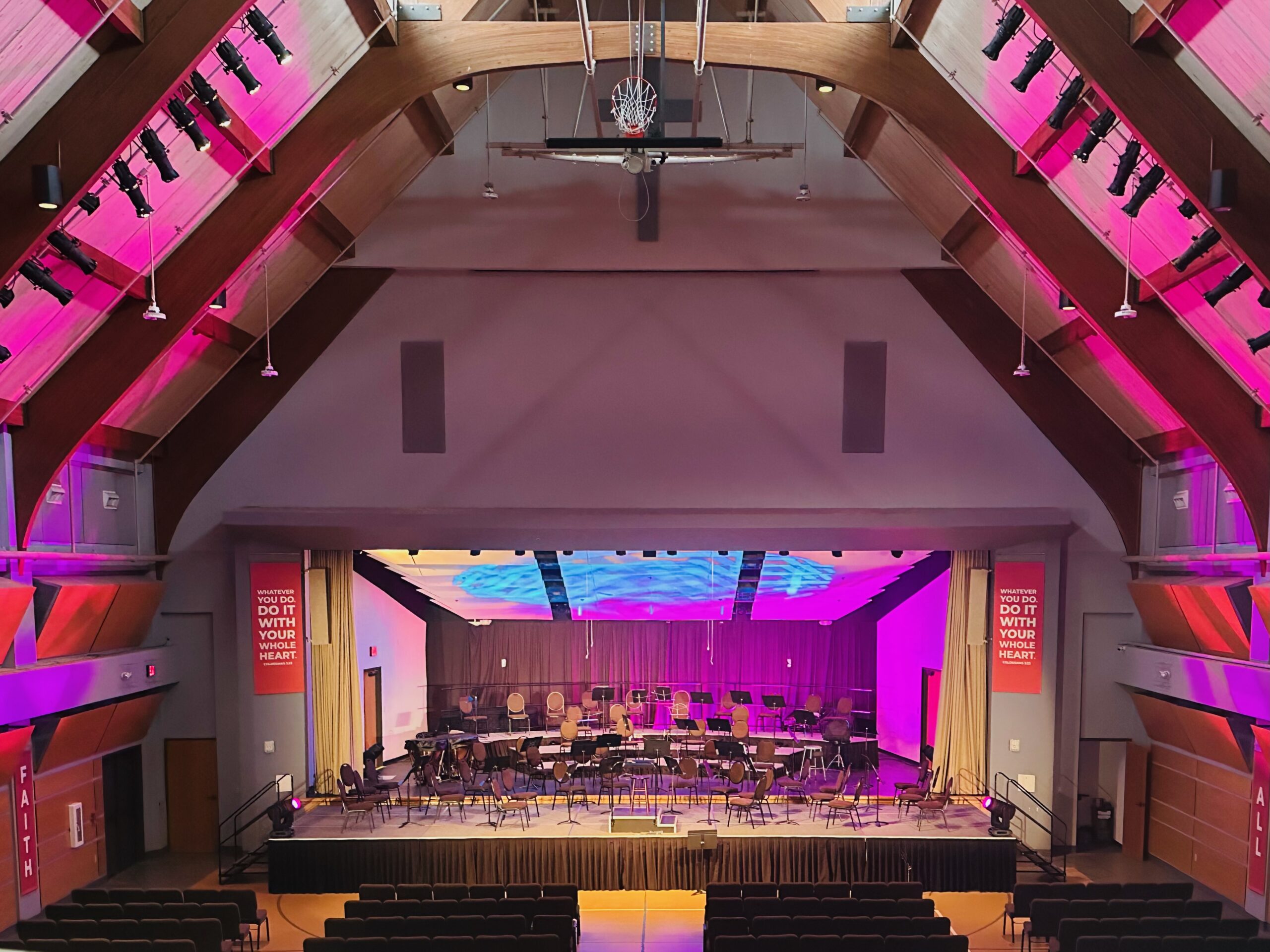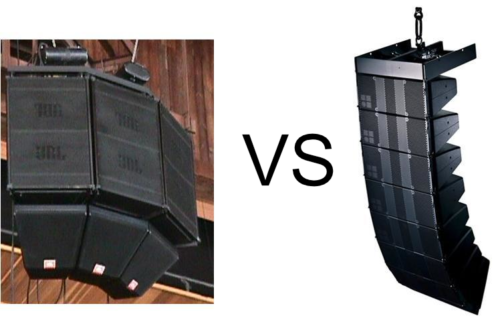

The year is ending. Time is flying. You’ve been tasked with getting costs for a number of projects, and one of those is audio-video equipment for your sanctuary, or youth room, or a new conference room. It’s out of your wheel-house, and your have no frame of reference of what anything should cost.
The old AV guy remembers when an analog console cost $600 and the church had to sell 1,000 deserts to come up with the money. Hopefully, times are little bit better, but the approach to buy your equipment should be based on need and longevity. Basically, buying quality so that as you do make the purchase, you know that it doesn’t have to be made again for a while.
Realizing that this is a real challenge for most small to mid-size churches, we’ve put together a few ideas on how to approach budgeting for your AV solution.
1. Consider every cost
While AV equipment will likely make up the bulk of your expenses, that doesn’t cover the whole scope of associated costs. If you don’t take into account all related costs, you could end up having to sacrifice something important down the line, which can impact functionality and team productivity.
Some common costs you may not initially think of:
- Upgrades to power equipment
- Furniture considerations
- Subscriptions
- Service agreements
- Support services
The type and amount of cost will vary from setup to setup, but this will give you a good place to start.
2. Understand your network requirements and business needs
For most churches after 2020, livestreaming has become one of the primary ways to reach their congregants and potentially new members. Because of this, most organizations need to look at their existing network to see if it’s adequate enough to both stream and carry on daily operations. For example, are there currently enough network drops and bandwidth to support bringing in your ideal AV setup? If not, a network upgrade may be necessary and that would factor into the budget.
3. Check Equipment Pricing Online
Sometimes the biggest challenge of budgeting for your audio visual conferencing systems is the fluctuation of costs throughout the year. However, there’s no need to have sticker shock when your get a quote back if you just check a few places online first.
One of the most aggravating things about purchasing equipment is feeling like a price is too much. That’s, generally, due to not know what something costs in the first place. In this modern times, one can check a number of sources to get pricing before ever reaching out to an integrator or installer or going with the first price handed to you.
Getting a sense of what equipment might cost will help ease your mind when you see an overall bill, and helps you relay potential budgetary requirements to the rest of the board. This minimizes the indecision that follows because people aren’t sure about what’s right. However, this goes back to a previous statement: making sure you know what you need and will it last for a long time.
4. Trust the experts
More often than not, especially, in small churches or organizations, the person trying to figure out the AV budget doesn’t have a background in the audio-visual industry. Even if they have some experience with some equipment, the plethora of AV solutions that exist, now, can be mind-boggling. Even AV integrators have to specialize in certain equipment and sections of the AV industry, so that they’re very good at what they do because the field is so big. And with that, you should find a proven AV partner, and work with them to build a relationship where you can lean on their expertise.
Right now, the AV industry is in a metamorphic state where network and AV is intertwining. AV professionals are having to become as knowledge about network solutions as IT professionals are having to re-train to understand AV requirements. These worlds are not colliding, but adapting to meet the needs of organizations at a global level. Not just local.
Learning to trust the professionals in the AV industry that have the proven competence to handle both of these areas will allow you to grow in a synergistic fashion. This would allow you to focus on what you do well as a church or business, while harnessing the knowledge and skills of the AV integrator to move your organization into the technical direction you envision.
In the end, due diligence is what’s required to acquire the necessary information to create your budget. Keeping in mind that even if you create a great budget to upgrade or new install equipment this year, you have to keep plans going for constant upgrades, services, training for yourself and staff, and for the change that can happen (remember 2020)!



